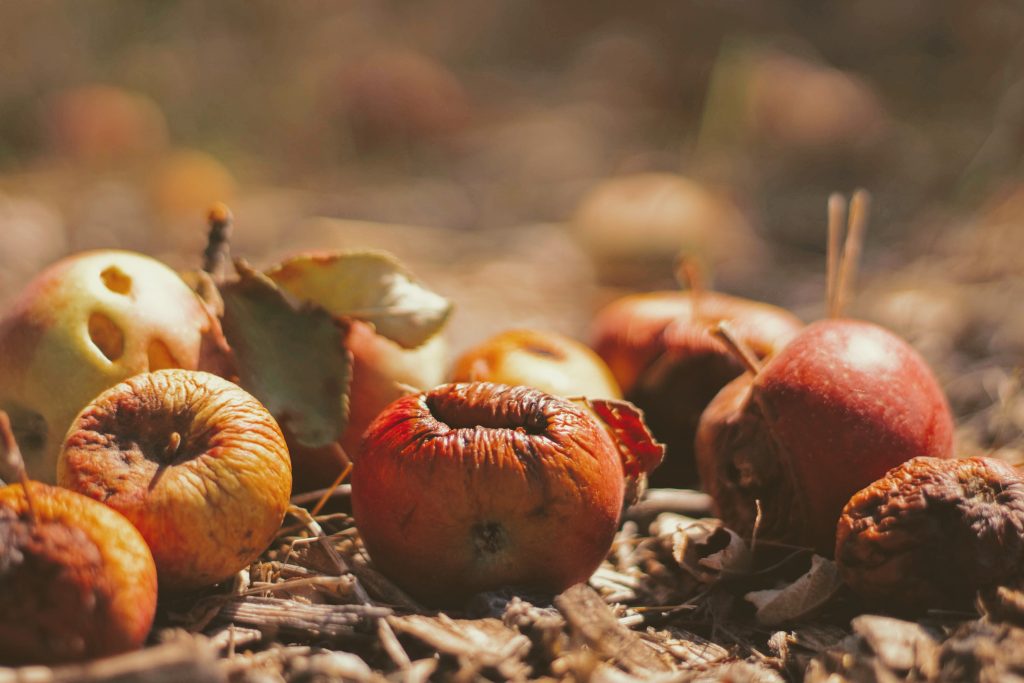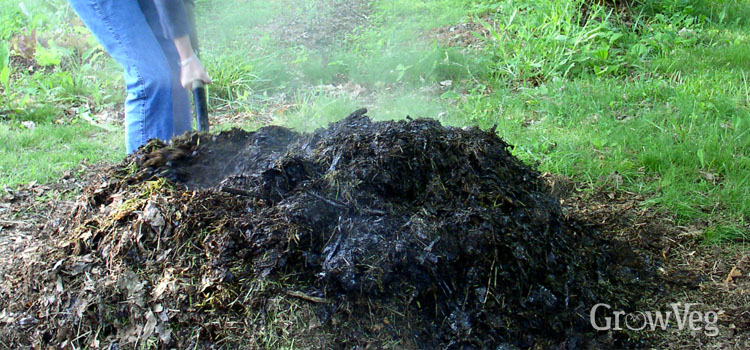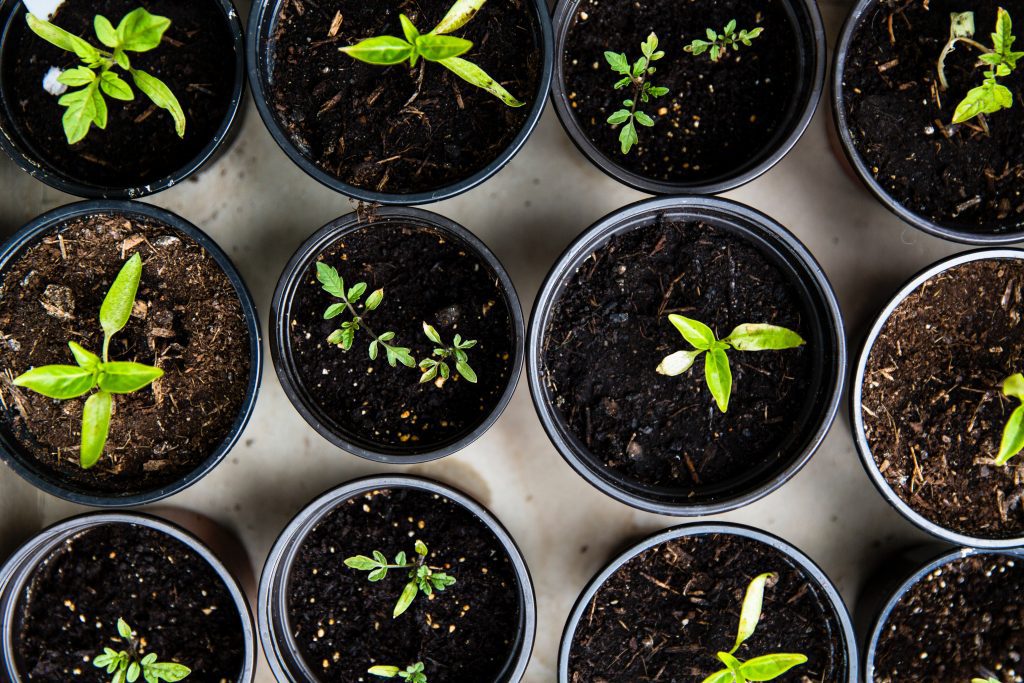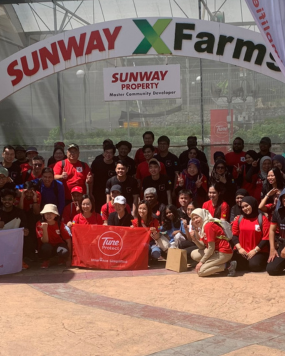
Have you ever wondered what to do with your kitchen scraps instead of discarding them? Composting is your answer!
Composting is the process of breaking down organic material such as food scraps and leaves which produces nutrient-rich matter. It is greatly beneficial to soil and as it replaces carbon and nitrogen taken during harvest. This organic matter helps to improve the soil structure and improve moisture, on top of being a natural fertilizer for plants. The best part of composting is that anyone can do it! You don’t need any specialized tools to start a compost pile at home.
There are several types of composting methods that you can try out at your home including:
- hot composting
- cold composting
- vermicomposting
- bokashi composting

Hot composting is an open-air composting process whereby microbial activity is optimized, making the composting process much faster. Simply add 2 parts of brown materials and 1 part of green materials and you are pretty much set for your compost pile! Brown materials are rich in carbon content, examples of this include paper, cardboard, dry leaves and branches. Green materials are high in nitrogen content such as vegetable scraps, grass clippings or fruit peels. The compost needs to be turned at least once a week to aerate and promote microbial activity to generate heat. The key to a successful hot compost pile or bin is controlling the moisture and temperature to ensure that the microbial activity is at its optimum condition. Once you properly maintain these two parameters, the compost pile will produce some heat in the center to indicate that it’s working properly. The end product is a brown soil-like material that can be simply added to your garden.
Cold composting is almost similar to hot composting, but is much easier. In cold composting, you only simply need to keep adding material to your compost bin or pile without needing to aerate it. However, the downside to this method is that it generally takes much longer to produce the compost, typically around 6 months to a year. This method is suitable for those that do not have the time to tend their compost pile but are interested in composting.

Vermicomposting is a method that utilizes earthworms to convert organic wastes into compost. Simply feed the worms with your food scraps such as vegetables and fruit peels, and it will convert them into a nutrient-dense substance known as worm castings. From there, you can mix the collected castings directly into your plant soil. You simply need to ensure that there is a constant food supply and water for the worms to live in as they require a moist environment. To start your very own vermicompost bin, all you need is some earthworms, a container with valve drainage and some cocopeat. Simply fill half the container with cocopeat and add some shredded paper or cardboard to retain moisture. Then, mix water into the container until the cocopeat and the shredded paper are moist but not soaking wet. Once you’ve done that, add your worms into the container and add a top layer of food scraps for the worms. You can add some cardboard or cocopeat on top of the food scraps to cover off the foul smell from the food scraps. All you need to do is feed the worms with food scraps constantly and provide some water for them to stay moist. An extra benefit from vermicomposting is that you can collect a liquid from the water that you’ve been giving to your worm. This liquid is known as worm tea which contains nutrients that can also be used as fertilizer for the plants– just dilute and water it over them. After 3-6 months, the entire bin will be converted into worm castings.
Last but not least, bokashi composting is an anaerobic process whereby inoculants that consist of wheat bran are combined with molasses and effective microorganisms to ferment food scraps. These effective microbes will inoculate the food scraps, greatly speeding up the composting process. Bokashi uses an anaerobic process, hence you need to remove oxygen as much as possible from the container. To start your bokashi composting, you will need some bokashi bran and an airtight container. Simply add your food waste into the airtight container and sprinkle some bokashi bran into the food scraps. Repeat this until the bin is fully filled. Let the container sit for 2 weeks to complete the fermentation process. After 2 weeks, the food scraps have been transformed into a nutrient-rich pre-compost which is not ready to be used just yet. You will need to bury this fermented food waste in your garden. This causes the pre-compost to be converted into a soil web which is beneficial to the plants and soil. After that, you simply just need to repeat the process!

There you go! These are some of the various methods that you could choose from to start composting from your home. Composting is not difficult and has many benefits such as enriching soil quality, encouraging the production of beneficial bacteria, reducing methane emissions and reducing the usage of chemical fertilizers. The best part of composting is that you reduce waste while saving money! So halt the fertilizer purchase and start building your own by composting!
If you need some help getting started or prefer a more hands-on demonstration, we do offer composting workshops & their accompanying compost kits.



